Mark your calendars for October 2033, the next time everything lines up:
|
We experienced the super(blood)moon lunar eclipse along with friends and family from West Seattle, Minnesota, and South America on Sunday evening! The convergence of lunar eclipse and full harvest perigree moon is a rare event, and somewhat (un)predictable due to LOTS of different things in motion in the universe. I was able to capture this image of the final stage of the eclipse from my backyard (handheld with my 70-300 zoom lens). Mark your calendars for October 2033, the next time everything lines up:
0 Comments
Our honeybees were abuzz on equinox, gathering pollen and nectar from the borage; I decided to gather borage blossoms as well, for our salad and tea. Not only beautiful, but good for you too.
Beyond Pesticides News Release (Sept. 10, 2015):
California Environmental Protection Agency’s Office of Environmental Health Hazard Assessment (OEHHA) announced that it intended to list glyphosate (Roundup) and three other chemicals as cancer-causing chemicals under California’s Safe Drinking Water and Toxic Enforcement Act of 1986 (Proposition 65). Glyphosate is far from being "safe" and it has been linked to multiple chronic diseases that have become prevalent in Western societies, including obesity, depression, autism, inflammatory bowel disease, Alzheimer’s, and Parkinson’s. Joining glyphosate on the Proposition 65 list is malathion, parathion, and tetrachlorvinphos. A California Environmental Health Tracking Program (CEHTP) report, titled Agricultural Pesticide Use near Public Schools in California, finds that 36 percent of public schools in the state have pesticides of public health concern applied within a quarter mile of the school, including malathion and parathion. Malathion, which is also classified as a Group 2A material by the IARC, is a nonsystemic, widespectrum organophosphate nerve poison that causes numbness, tremors, nausea, incoordination, blurred vision, difficulty breathing or respiratory depression, and slow heartbeat, among others. Parathion and tetrachlorvinphos are also organophosphates that attack the nerve system, particularly in young children, causing neurological damage. Last year, the Center for Biological Study and Center for Food Safety filed a legal petition with the U.S. Fish and Wildlife Services seeking Endangered Species Act protection for the monarch butterfly. Their press release explains the dramatic 90 percent decline over the last 20 years: The butterfly’s dramatic decline is being driven by the widespread planting of genetically engineered crops in the Midwest, where most monarchs are born. The vast majority of genetically engineered crops are made to be resistant to Monsanto’s Roundup herbicide, a uniquely potent killer of milkweed, the monarch caterpillar’s only food. The dramatic surge in Roundup use with Roundup Ready crops has virtually wiped out milkweed plants in midwestern corn and soybean fields. Full report here ********************************* Monsanto is reporting that it is "baffled" and "stunned" by this news; no doubt California is in for a fight. Please support legislation that will protect our food, our children, and our water! In the meantime, the safest choice is to eat organic foods and to use non-toxic methods of pest control. Thank you California EPA for taking the lead on this issue. We had four strong hives all season (though one of our hives swarmed in late summer and left us queenless.) Our bees have plenty of honey to get through the winter, so we have harvested one medium (10 frames) of beautiful cut-comb honey. Thank you bees! The bees and I have been battling yellowjackets, which are invading one hive and eating bees, honey, pollen, and larvae; when large numbers of yellowjackets have stormed the gates it is difficult for even a strong hive to recover. That red stuff in the image below is propolis, which the bees make from tree sap. Honeybees use propolis to seal up the cracks in the hive, and it is an antibacterial. Humans have used propolis to treat infections and wounds since ancient times and recent studies show that it is resistant to MRSA. Methicillin-resistant Staphylococcus aureus (MRSA) infection is caused by a type of staph bacteria that has become resistant to many antibiotics used to treat ordinary staph infections. Honeybees are not only important pollinators of crops–they also supply us with superfoods and medicinals. |
AuthorTracey Byrne~ Categories
All
Archives
June 2024
|
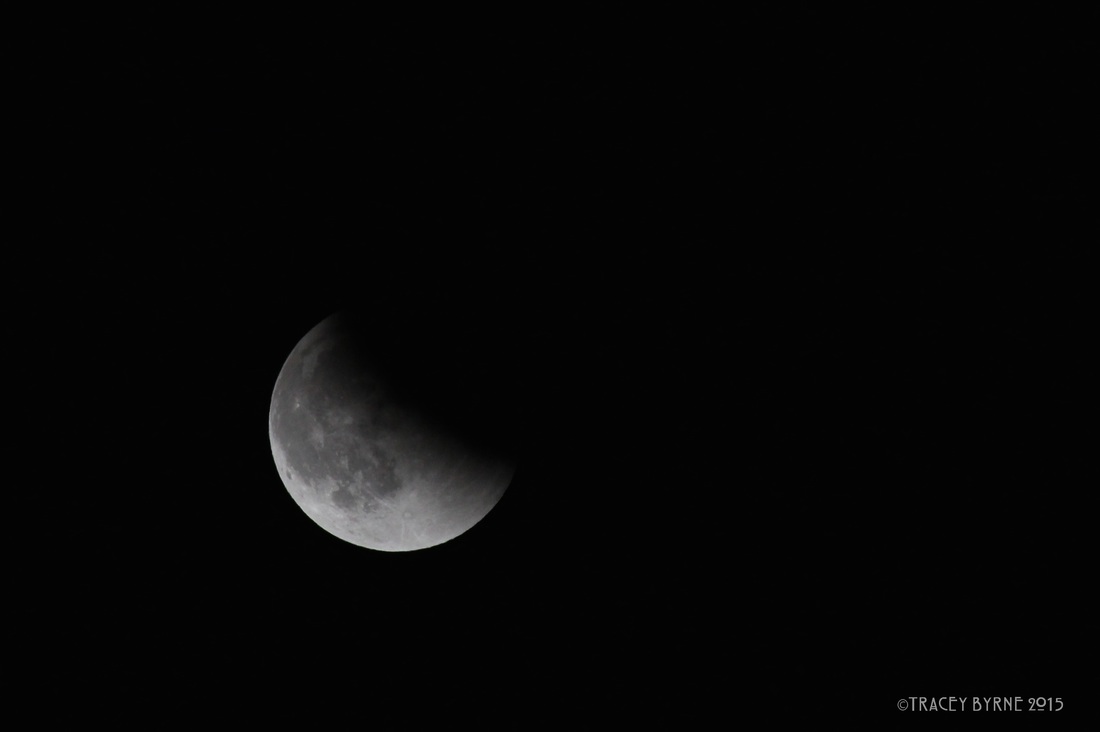
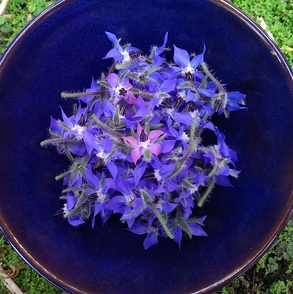
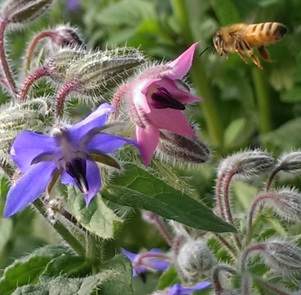
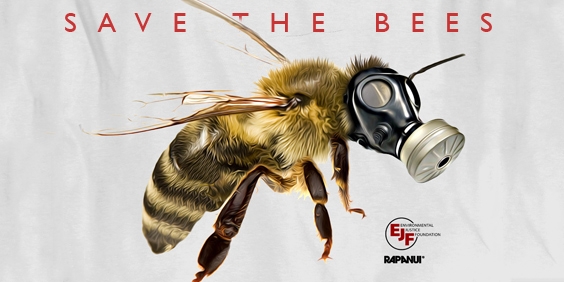
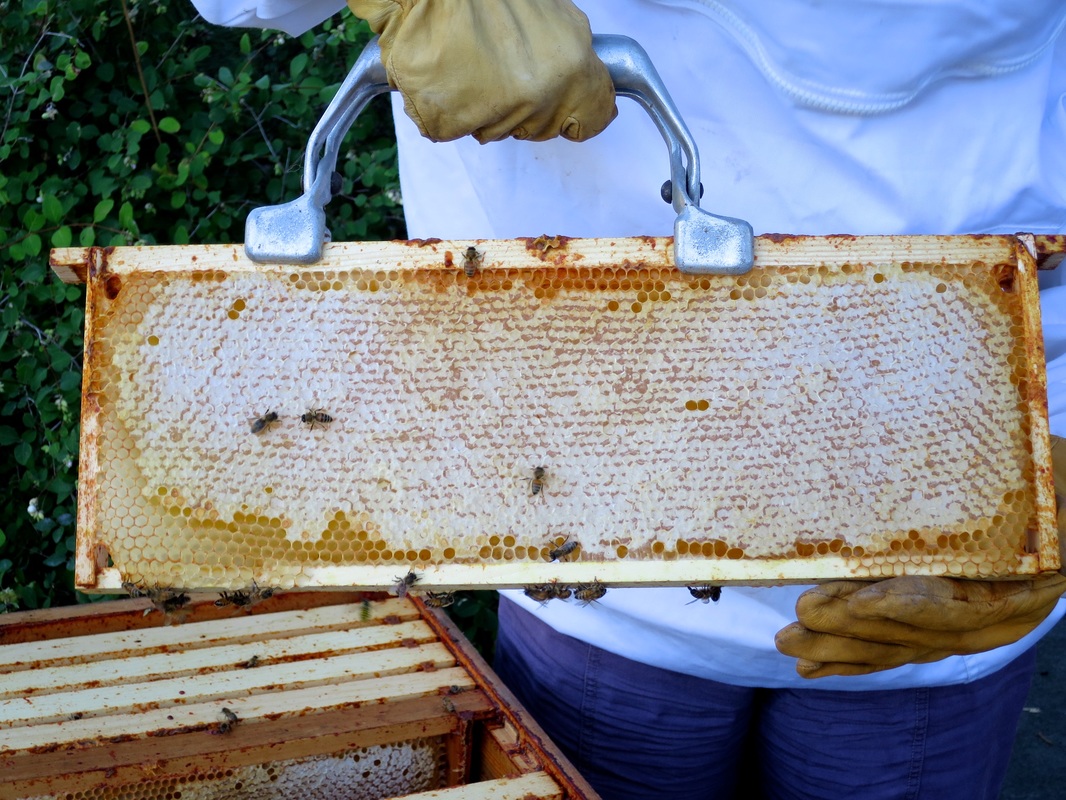
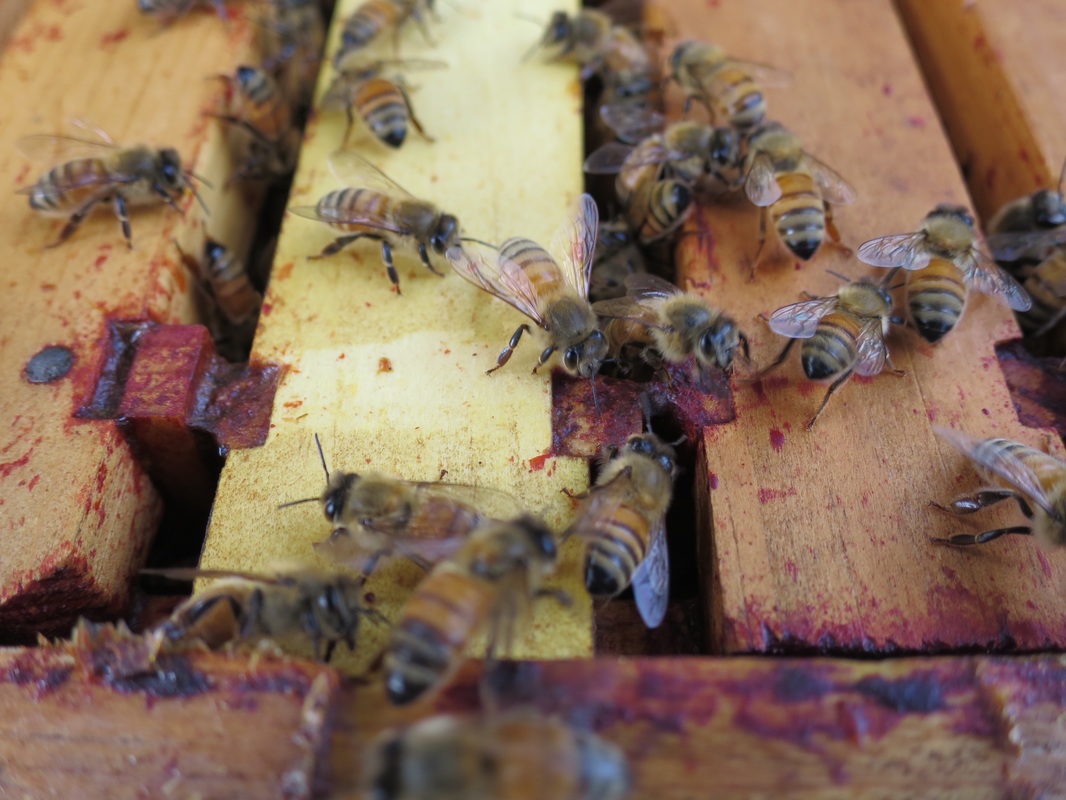
 RSS Feed
RSS Feed
